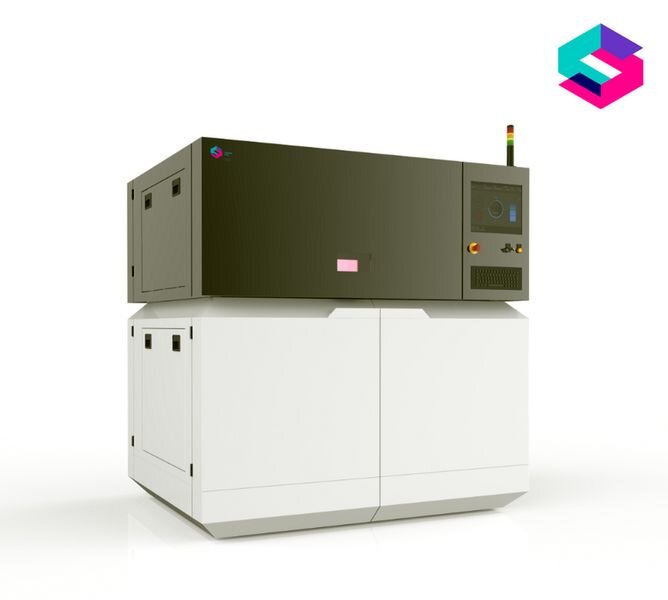![The Sonda SYS SL02 3D printer [Source: Sonda SYS]](https://fabbaloo.com/wp-content/uploads/2020/05/image-asset_img_5eb050a8bed67.jpg)
Sonda SYS manufactures an industrial 3D printer with an interesting feature twist.
The Polish company has been involved with advanced 3D printers for 14 years, having began as a service to maintain industrial 3D printers of many types. This business exposed them to all the 3D printing options we’ve come to know, and later they believed they could develop a machine with better characteristics.
Their latest device is the Sonda SYS SL02. This, at first glance, might appear to be quite similar in function to many other SLS 3D printer. It uses a laser system to fuse fine nylon powder and can create objects with terrific resolution and accuracy. The device offers a pretty large build volume of 365 x 365 x 610 mm.
But it seems that Sonda SYS has realized an interesting challenge facing some of their users: They don’t want to waste pricey nylon powder during 3D prints.
We’ve all seen this scenario: the SLS 3D printer operator painstakingly sets up a highly efficient overnight print job by “Tetrising” in as many parts as possible. But then, the boss comes in and informs everyone that there’ a really important single print that must be done ASAP.
Reluctantly, the operator then sets up the machine to print an entire bed of powder (at least up the height of the object). If the object doesn’t take up much space, then a large amount of powder becomes “used” instead of “fresh”.
It is possible to recycle nylon powders by sieving them through a screen to pick out any stray large particles that were blasted away in laser spatter. These would, if left in the powder, corrupt the print with blobs. In addition, the color of the material can be affected in some cases.
Use of recycled powder has limits. Many 3D printer manufacturers recommend using only as much as 50% recycled powder in a given 3D print job. That means it’s harder to re-use that wasted powder than you might think. In many cases there just isn’t “room” for the recycled powder and it gets binned.
The Sonda SYS SL02 has a very unique feature: it has TWO build volumes within its frame. It is possible to temporarily reconfigure the device to offer only a half-size build volume of only 365 x 365 x 310 mm. Basically, they’ve cut down the amount of material required by half, and the ratio of actual print to waste powder improvement will be even greater.
This could be an extremely valuable feature for the right operation. For sites performing continuous-Tetris-style 3D printing, it would not be of particular use. But for more intermittent operations, it might be a great way to save powder.
Via Sonda SYS

